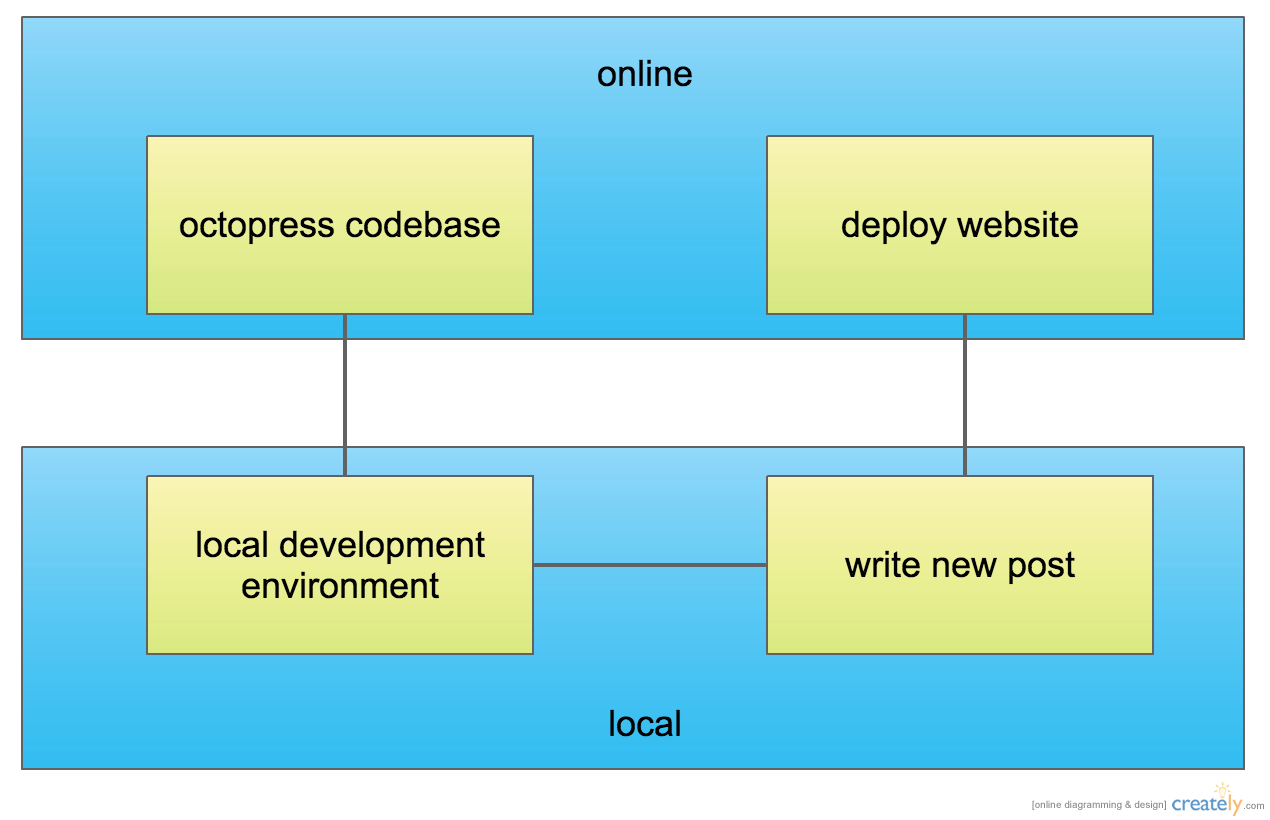之前看了icodeit的博客使用Karma运行JavaScript测试,试了一下karma,果然是非常好用。
关于使用karma基础流程,就请参照那篇博客。
这里主要针对我在配置karma的时候遇到的一些特殊问题进行一个总结。
使用karma-html-reporter配置生成的html测试报告
配置
package.json中的内容:
{
"devDependencies": {
"karma": "~0.10.8",
"karma-html-reporter": "~0.1.1"
}
}
执行npm install进行plugin的安装。
使用./node_modules/.bin/karma init初始化karma配置文件
然后打开karma.conf.js配置文件,添加html格式的report:
reporters: ['progress', 'html'],
htmlReporter: {
outputDir: 'report',
templatePath: __dirname + '/jasmine_template.html'
},
问题
然而这时候启动karma
./node_modules/.bin/karma start karma.conf.js
会报错:
ERROR [karma]: { [Error: ENOENT, open '/Users/twer/learn/jasmine/jasmine_template.html']
errno: 34,
code: 'ENOENT',
path: '/Users/twer/learn/jasmine/jasmine_template.html' }
Error: ENOENT, open '/Users/twer/learn/jasmine/jasmine_template.html'
解决
由于karma-html-reporter为了保持生成报告的灵活性,所以在生成html的时候使用了template。也就是配置中的这一句:
templatePath: __dirname + '/jasmine_template.html'
但是配置好的时候我们是没有自己的template 的,那要怎么办呢?
其实如果进入node_modules/karma-html-reporter/目录看一下的话,会发现这个目录下有一个叫jasmine_template.html的html文件。那如果我们将templatePath指向这个文件的话,会怎么样呢?
templatePath: 'node_modules/karma-html-reporter/jasmine_template.html'
然后重启karma服务器
./node_modules/.bin/karma start karma.conf.js
会发现已经没有报错了,并且在report目录下,生成了一个新的目录,比如我的是Chrome 31.0.1650 (Mac OS X 10.7.5)。在这个目录下就会有我们生成的html报告了,打开看一下,会发现他的样式跟jasmine的SpecRunnerHtml结果是很像的,除了不能点链接。
到这里karma-html-reporter的配置就完成了。
在karma里借助jasmine-jquery来使用external fixtures
jasmine-jquery由于支持多种fixture的实现,所以被广泛的使用在jasmine测试中。
但是在karma中使用jasmine-jquery会存在一些配置的问题。
配置
首先要把jasmine-jquery的库文件放在files配置项里:
files: [
'src/**/*.js',
'test/*.js',
'test/lib/jquery-1.10.2.min.js',
'test/lib/jasmine-fixture.min.js',
'test/lib/jasmine-jquery.js'
],
在jasmine测试中使用jasmine-jquery的loadFixtures方法:
jasmine.getFixtures().fixturesPath = path + 'fixtures';
loadFixtures('test_fixtures.html');
问题
那么在启动karma的时候会出现这样的错误:
Chrome 31.0.1650 (Mac OS X 10.7.5) Firefox fixtures should work with imported html with jasmine-jquery FAILED
Error: Fixture could not be loaded: base/test/fixtures/test_fixtures.html (status: error, message: undefined)
at Object.$.ajax.error (/Users/twer/learn/jasmine/test/lib/jasmine-jquery.js:130:17)
at c (/Users/twer/learn/jasmine/test/lib/jquery-1.10.2.min.js:4:26036)
at Object.p.fireWith (/Users/twer/learn/jasmine/test/lib/jquery-1.10.2.min.js:4:26840)
at k (/Users/twer/learn/jasmine/test/lib/jquery-1.10.2.min.js:6:14283)
at r (/Users/twer/learn/jasmine/test/lib/jquery-1.10.2.min.js:6:18646)
at Object.send (/Users/twer/learn/jasmine/test/lib/jquery-1.10.2.min.js:6:18771)
at Function.x.extend.ajax (/Users/twer/learn/jasmine/test/lib/jquery-1.10.2.min.js:6:13722)
at jasmine.Fixtures.loadFixtureIntoCache_ (/Users/twer/learn/jasmine/test/lib/jasmine-jquery.js:122:21)
at jasmine.Fixtures.getFixtureHtml_ (/Users/twer/learn/jasmine/test/lib/jasmine-jquery.js:114:12)
at jasmine.Fixtures.read (/Users/twer/learn/jasmine/test/lib/jasmine-jquery.js:77:28)
尝试
看了一下jasmine-jquery的源码,发现在loadFixtures的时候调用了jquery里面的ajax方法。也就是说,当运行这段代码的时候,js会从浏览器中取出这个html文件,而不是从本地硬盘读取。
而karma的原理是借助于node.js启动了一个服务器,那么如果这个html文件不在服务器上的话,js是无法从浏览器里取出这个文件的。
那么我们首先让这个文件能在服务器上出现,把html文件假如files配置项:
files: [
'src/**/*.js',
'test/*.js',
'test/lib/jquery-1.10.2.min.js',
'test/lib/jasmine-fixture.min.js',
'test/lib/jasmine-jquery.js',
{
pattern: 'test/fixtures/**/*.html',
watched: false,
included: false
}
],
这里稍微解释一下定义格式:每个定义的文件pattern都由三项属性:
- watched, 文件的修改是否被监控;
- included, 文件是否是测试代码;
- served,文件是否出现在服务器上。
对于前面的字符串定义,其实是默认设置这三个属性为true的定义。那么其实我们的hmtl文件的修改不需要被监控,本身也不是测试代码,所以可以使用完整定义将这两项定义为false,只有文件是否出现在服务器上为true。
那么现在这个html文件应该可以被karma加载在服务器上了吧,重新运行karma,发现错误依旧。
解决
后来进行了大量搜索,最后在这个karma的github issue里找到了答案。
所谓karma-html2js-preprocessor,是一个预处理器,会将files配置项中的html文件都转化成js文件,就拿karma-html2js-preprocessor主页上的一个例子来说:
有一个test.html,内容为
<div>something</div>
会被转化为一个js文件template.html.js,内容为
window.__html__ = window.__html__ || {};
window.__html__['template.html'] = '<div>something</div>';
而且这个preprocessor会被默认加载,所以其实我们在前面写的pattern中的html文件已经全部变成js文件被karma加载了,这也是html文件在服务器上不能被找到的原因。
那么怎么让preprocessor不做这样的转化呢?我们需要在增加一条配置:
preprocessors: {
'**/*.html': []
},
然后再重启karma服务器,就会发现一切正常了。

